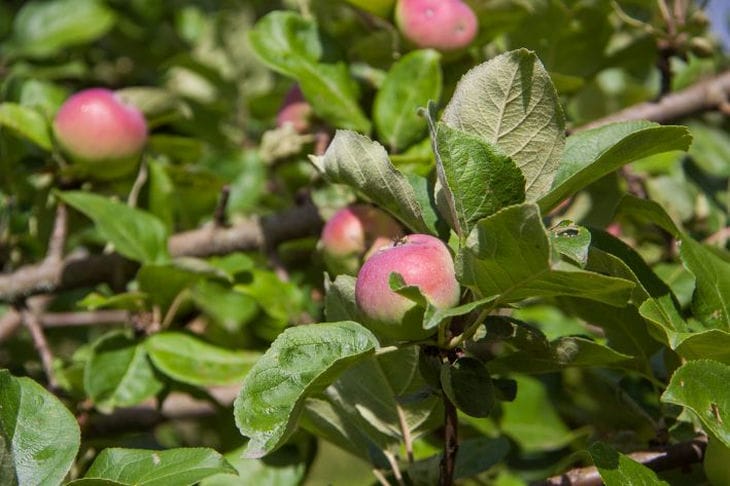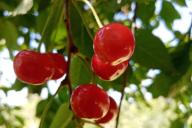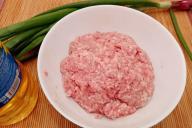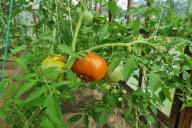A healthy apple tree with green leaves is a real source of pride for any gardener.
But what should you do if suddenly the leaves on your apple tree start to turn yellow?
Yellowing leaves are not just a matter of aesthetics, they indicate that there are some problems with the tree.

Once you understand the reasons, you can take steps to restore the tree's health and get a rich harvest.
Nutrient deficiencies
One of the most common reasons for apple tree leaves turning yellow is a lack of nutrients.
Nitrogen, magnesium and iron play a key role in keeping leaves green. If the soil lacks these elements, the tree will begin to experience a deficiency.
Nitrogen is essential for overall growth and green leaf color, magnesium is involved in the process of photosynthesis, and iron is important for the formation of chlorophyll.
If there is a lack of these elements, the leaves may begin to turn yellow, starting from the lower branches.
Overwatering or underwatering
Incorrect watering can cause yellowing of leaves. Both overwatering and lack of water have a negative impact on the health of the apple tree.
Overwatering leads to root rot and metabolic disorders, which in turn causes yellowing of the leaves. Lack of moisture leads to tree stress, the leaves begin to turn yellow and fall off.
The optimal watering regime involves regular soil moistening, but without stagnant water. During dry periods, watering should be more abundant so that the roots receive the necessary amount of moisture.
Diseases and pests
Numerous diseases and pests can also cause yellowing of apple tree leaves.
Scab, powdery mildew and rust are the most common diseases that affect leaves and cause them to turn yellow.
Pests such as aphids and spider mites feed on the sap of the leaves, causing damage and discoloration.
Regular inspection of trees and timely treatment with fungicides and insecticides will help prevent and eliminate these problems. At the first signs of disease or pests, it is worth taking immediate action.
Stress from transplanting or pruning
Apple trees, like other trees, can experience stress after transplanting or pruning. This stress manifests itself in yellowing and falling leaves.
When transplanted, the tree experiences a lack of moisture and nutrients, since its root system has not yet adapted to the new conditions.
After pruning, the tree directs its resources to recovery, which can temporarily affect the condition of the leaves.
To reduce stress, it is recommended to replant and prune in the appropriate seasons and provide the tree with proper care during this period.
Environmental factors
Climate change, air and soil pollution can significantly affect the health of apple trees.
High temperatures and drought, strong winds or, on the contrary, excessive humidity – all this affects the condition of the tree and can cause yellowing of the leaves. Soil pollution with heavy metals and toxic substances also negatively affects the condition of apple trees.
To protect trees from adverse environmental factors, it is important to regularly check the condition of the soil and air, use mulching and other agricultural techniques to create optimal conditions.
Prevention and regular care
Regular care of apple trees is the key to their health and a good harvest. It includes timely fertilization, proper watering, preventive treatment against diseases and pests, as well as periodic pruning.
It is also worth considering the specifics of the apple tree variety, since different varieties may have their own characteristics and needs.








